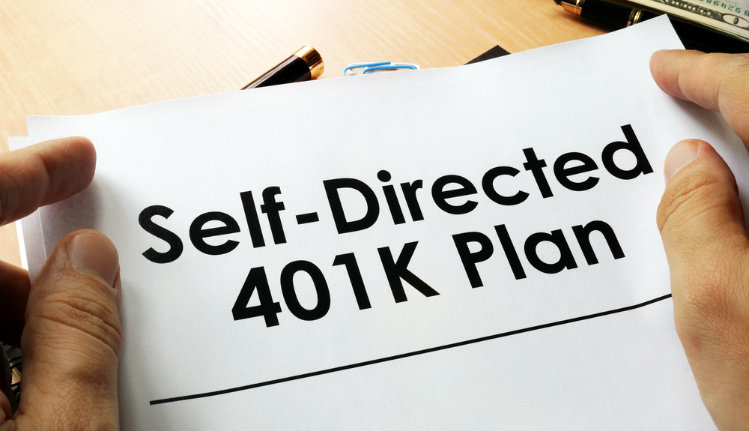Solo 401k Contributions for 2022
Starting a Solo 401(k) plan in 2022 has even more benefits than it did in 2021. The Solo 401(K) plan is designed specifically for the self-employed or a small business with no full-time employees (over 1000) other than the other(s) or the spouse(s). There are many features of the plan that make it so appealing and popular among self-employed business owners. However, the ability to make high annual maximum contributions is probably the most popular Solo 401(k) plan feature.
Solo 401k plans are designed for entrepreneurs, contract workers and the self-employed who have no employees other than a spouse, and there can be big benefits to using this type of plan. Participants can self-direct their money and investments, there are generous contribution limits, and there are minimal tax filing requirements. It offers all of the benefits of a traditional plan as well as some additional benefits. The generous contribution opportunities are what will be discussed herein.
Maximum Solo 401(k) Plan Contribution
In general, a Solo 401(k) plan consists of two components: (i) employee deferrals and (ii) employer profit sharing contributions. First, there is the elective deferral which is the contribution you make as the employee. The second type of contribution for a Solo 401(k) is the employer contribution, which is a percentage of your self-employment income or your schedule C if you’re a single member LLC or sole proprietor.
For 2021, the maximum aggregate solo 401(k) plan contribution, including employee deferrals and employer profit sharing contributions is $58,000 if under the age of 50 and $65,500 if age 50 or older.
For 2022, the maximum aggregate Solo 401(k) plan contribution, including employee deferrals and employer profit sharing contributions, is $61,000 if under the age of 50 and $67,500 if age 50 or older.
Related: Side Gigs Anyone Can do to Establish a Solo 401(k)
Two Types of Solo 401k Contributions
As the employee you can contribute $19,000 (under age 50) or $25,000 (over 50 years of age) for 2022. This amount can be the full amount you earn and made on a pre-tax basis.
Additionally, you can contribute up to 20% of your net self-employment income as the employer, which is also made with pre-tax dollars. Your contributions as both employer and employee can quickly add up.
Your Solo 401k limits apply per person, rather than by plan. So, it’s important to know your individual contributions. Some Solo 401k providers also offer a Roth 401k option, but this requires investment on an after-tax basis. Those would be tax-free in retirement.
Who Can Get Started?
If you generate some form of self-employment income, you can (and should) establish a Solo 401k plan. Even if that self-employment income is a side gig in conjunction with a regular 9-to-5, you qualify. Establishing a Solo 401k is a great way to maximize your retirement savings if you were late in getting started. It will also benefit investors who are uncomfortable making traditional investments.
Related: Solo 401(k) Investment Options
How to Get Started:
To establish a Solo 401k, set up an application with your Self-Directed 401k provider. You must have an Employee Identification Number (EIN). As you contribute more and more to your plan, you may need to fill out additional paperwork. Be aware of any fees a plan custodian may charge so you know what your true cost is, and then begin building your retirement savings for yourself.







